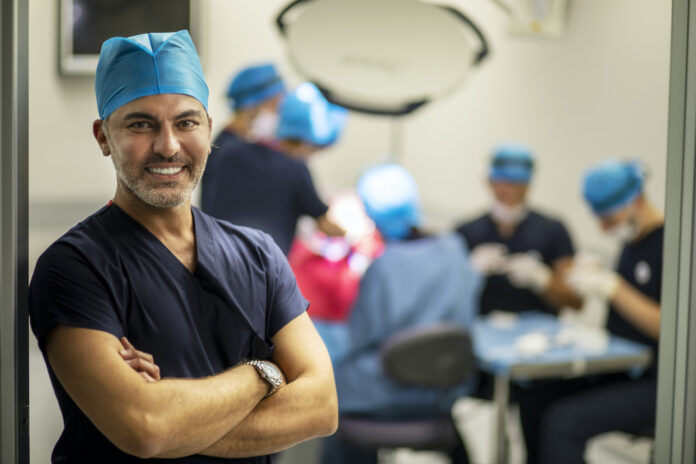Appearance plays a vital role in our self-esteem, confidence, and the way we view ourselves. For both cosmetic and medical reasons, beard hair transplant surgery in Turkey can be performed to enhance your appearance and give you that confidence boost you
desire.
There are many reasons you may want a hair transplant. Many individuals suffer from hair loss – it’s nothing to be ashamed of! Factors that contribute to hair loss are stress, high blood pressure, skin conditions, surgery, and genetic male pattern baldness. Others will not experience severe hair loss, but may want a little assistance filling in sparse patches, covering problem areas from acne or surgery, or just supplementing their ability to grow a full beard.
If any of these resonate with you, it might be time to consider the operation. Let’s explore what you can expect from hair transplant surgeries.
What is the difference between a beard transplant and a hair transplant on the head?
In both procedures, your doctor will extract healthy hairs, usually from the back and sides of the scalp. They then transplant the extracted individual hair follicles in your desired location on the scalp. The only difference? A beard transplant focuses on placing these hair follicles in facial areas that need a little more hair density.

What to expect post-operation
The procedure will generally take two to five hours. Depending on the size of the recipient area, your doctor will transplant anywhere from 4,000 to 7,000 hairs to complete the beard restoration surgery. Due to the high volume of donor and recipient hair follicles affected by the surgery, patients should take special care after the operation to ensure healthy and permanent results.
Following the hair restoration procedure, you will be able to return to work and daily activities within two to three days. At Dr Serkan Aygin Clinic, we will provide you with clear aftercare tips following the operation. Following the care instructions will ensure the most natural-looking results.
In the first couple of weeks following surgery, you might experience side effects such as minor swelling and redness at the sites of the donor area and the beard area. In most cases, you will see final results and normal beard growth within 12 to 18 months. Occasionally, patients begin to see natural beard growth as early as three months post-op.
Do beard transplant results look natural?
It is important to understand the different facial hair transplant methods when choosing the right doctor to perform your surgery.
A Direct Hair Implantation (DHI) will provide natural and long-lasting results. DHI allows doctors to combine the extraction and implantation steps, which reduces stress on the affected areas. Your doctor will remove individual follicular units and use a Choi pen to directly implant the healthy hair follicles in the desired location. Since hair follicles are placed directly into the recipient sites without the need for incisions, transplanted hairs will heal faster and grow fuller than they did prior to the facial hair transplant.
A Follicular Unit Extraction (FUE) hair transplant follows the same general steps but is a little more invasive than the DHI method. In a FUE hair transplant, the surgeon will remove hairs from the healthy donor site, make a small incision at the recipient site, then place the hairs into the incision. Despite the need for incisions, patients still experience successful growth of their beard hairs post-operation.
Both methods are effective in transplanting healthy donor hairs into the facial areas that lack hair density. When carried out effectively, either beard restoration treatment can permanently restore lost facial hair with natural-looking results. Your doctor will discuss the best option for you at your consultation appointment.
Who makes a good candidate for a beard transplant?
Any person over 20 years old with no diagnosed systemic diseases is a good candidate for a beard transplant. You must have a sufficient amount of healthy donor hair in order to undergo a permanent beard transplant.
Fortunately, hair transplants are no longer exclusive to those with thick, straight hair. Thanks to the Choi Implanter pen, the DHI method has greatly improved the inclusivity of beard transplants. This less invasive approach allows any candidate with healthy donor hair, and any hair type, to achieve natural-looking, long-lasting results.
Image was captured pre-COVID-19







